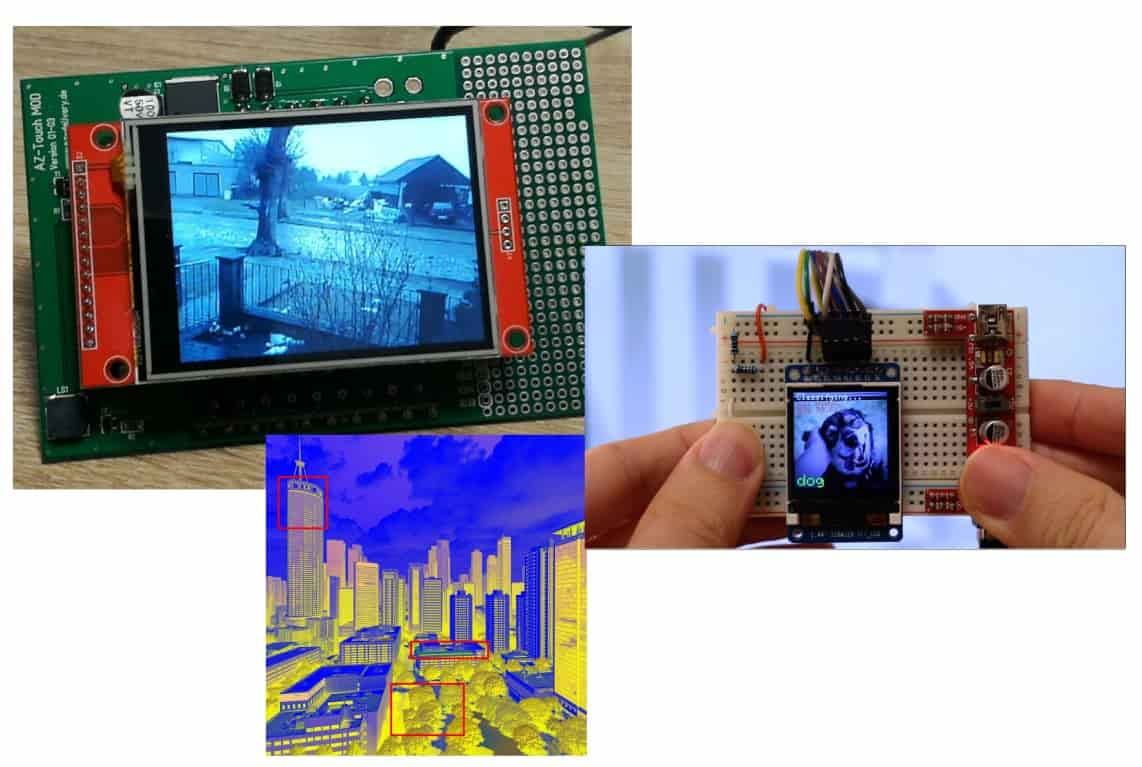IDENTIFICATION METHODS
In this previous weeks, I was looking at the different ways unconventional ways to identify AI-generated content which differs from the current identified methods. Therefore with the "difference" blending effect from Photoshop. I tried to translate it into a web-based scanner using the capabilities of ComputerVision. However, I was met with a couple of issues in getting the effect. The purpose of it being a web-based application was so that I could include the link/QR code in the "AIdentify Toolkit".
The issue lies with how the "difference" blending effect is not working on the web-based, but it works on the Python code. Therefore, I will be working on it again and try looking into alternatives.
As I put a pause on the experiment, I tried searching up on devices that I could I integrate the "Difference-filter", where I stumbled upon the use of ESP32 Cam that works well with objection detection. Subsequently for the display output, I came across the TFT display panel which could be connected to the ESP32 Cam.
AT THE MOMENT
At this point of time, I was struggling in identifying the other ways that could help identify AI-generated content. Therefore I tried structuring what I've done up so far in the prototypes and the ways that I found to identify the AI-generated content aside from Video and Images. I did find existing methods that could help identify audio but the question remains unanswered with how I could do it differently/ unconventionally that normal people can access or use.
DISCUSSION & FEEDBACK
Due to time span left for the dissertation, I ought to choose if I want to include the "Difference-Effect Filter" scanner prototype to be included. I was then advised to do accordingly based on what I can achieve by the end of the following week.

